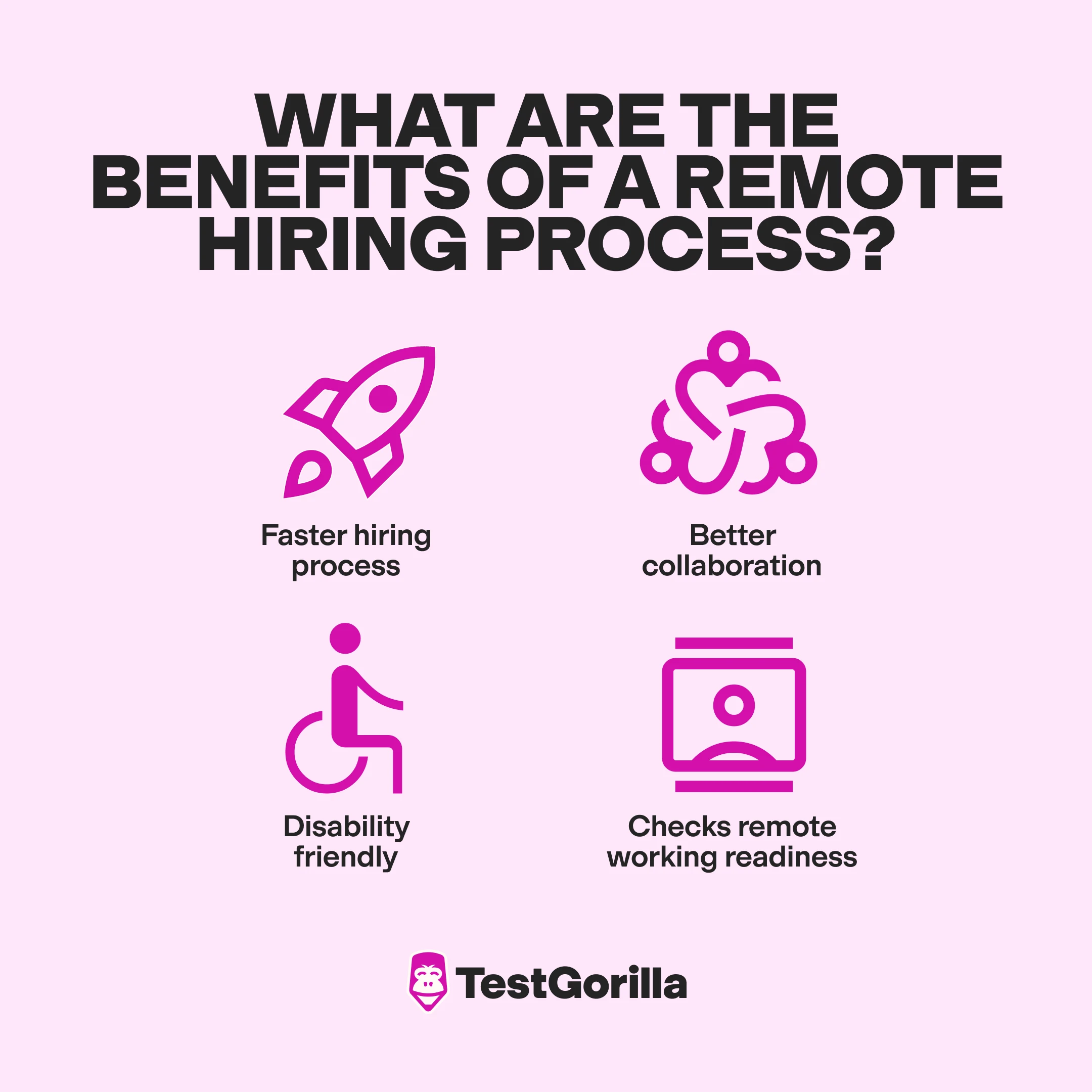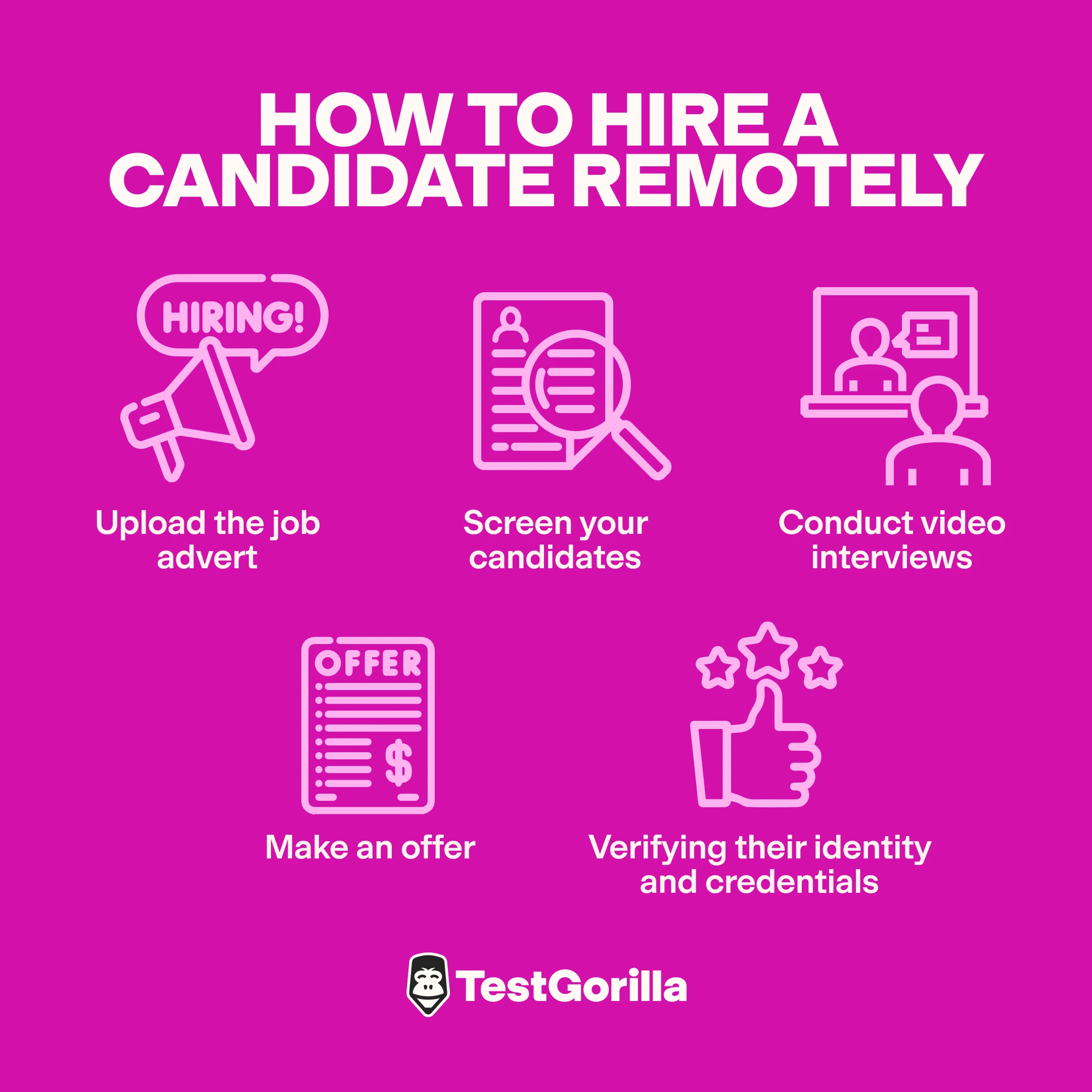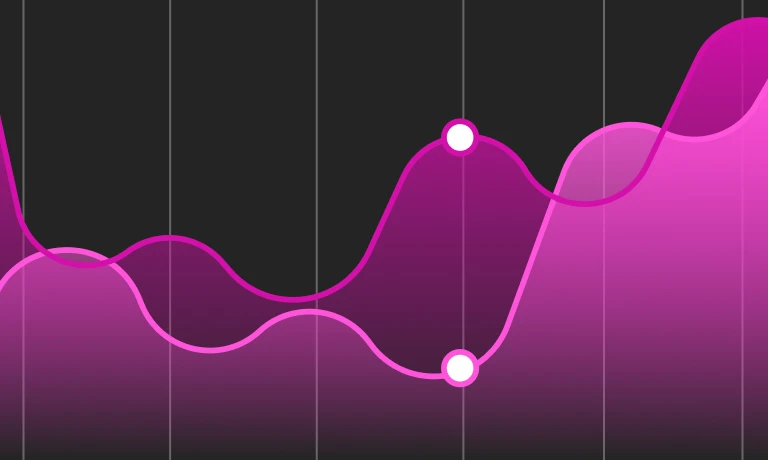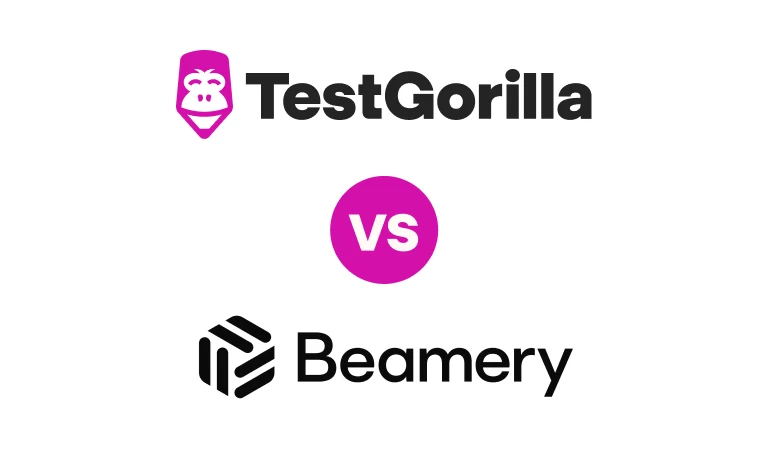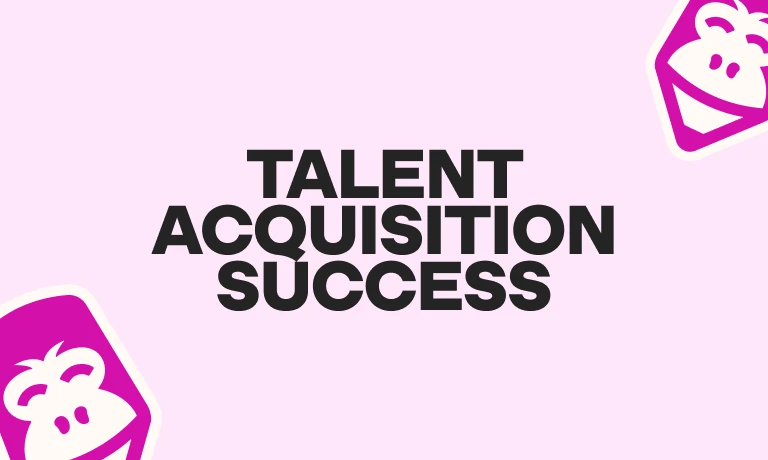Remote hiring processes are a smart, flexible, and time-effective way to conduct your hiring campaigns. With the right tools and strategies, you can access top talent from anywhere, streamline your interviews, and find the best fit for your team – without the hassle of in-person logistics.
Read on to learn all about the benefits of a remote hiring process and how to create the perfect process for hiring a candidate remotely.
Key takeaways
A remote hiring process involves using online tools and platforms to attract, assess, and onboard candidates.
The steps taken in a remote and in-person hiring process are similar – candidates need to apply for the role and you will screen and interview them before deciding whether to hire them.
Remote hiring processes allow for faster hiring and better collaboration with other managers and is more accessible to disabled candidates.
What is a remote hiring process?
A remote hiring process involves creating a job advert using online tools. It can be fully remote – where candidates and recruiters never meet in person – or partially remote, where online tools are used with in-person meetings or other traditional methods.
Remote hiring practices might include posting an online job advert, headhunting on LinkedIn, screening a digital CV, and conducting a remote interview. You might also use tools like video conferencing software, email, job websites, and online talent discovery platforms like TestGorilla.
The best insights on HR and recruitment, delivered to your inbox.
Biweekly updates. No spam. Unsubscribe any time.
The benefits of a remote hiring process
There are many benefits to conducting a remote hiring process, as we discuss below.
1. Faster hiring process
Remote hiring practices are more time efficient than in-person interviews. With no need to coordinate travel or set aside time for face-to-face meetings, interviews can be scheduled more quickly and candidates can move through the hiring process more quickly. This can lead to faster decisions, meaning you can fill positions sooner.
2. Better collaboration
Virtual meetings make it easier to bring together multiple stakeholders, even if they’re in different locations. This means quicker feedback and better collaboration between teams involved in the hiring process.
Equally, there are a ton of online collaboration tools that make it easy to share ideas and notes. Tools like Google Docs or Slack keep everyone on the same page by allowing real-time collaboration. They enable interviewers to share their feedback instantly, review candidate resumes together, or even rank applicants without the hassle of lengthy email chains.
3. Disability friendly
Conducting a remote hiring process makes interviewing easier for candidates with disabilities.
Think about it – the interview process is stressful enough without worrying about whether the toilet will be accessible, whether there’s an interpreter on site, or whether the building has the right accommodations in place.
By conducting the process remotely, candidates can participate from the comfort of their homes where they already have the tools and support they need. This can reduce a lot of unnecessary stress and make the process more inclusive.
4. Checks remote working readiness
Many businesses operate hybrid or remote working models, and conducting a remote hiring process can check whether a candidate can thrive in that kind of environment. You’ll be able to tell how well candidates handle virtual communication, time management, and collaboration.
If a candidate joins from their cell phone, they may not be used to a remote environment. But if they have a good set up, a professional background, and a reliable internet connection, this may not be their first rodeo.
Want to maximize the benefits of remote hiring? Read our article about seven remote hiring mistakes to avoid at all costs and what to do instead.
How to hire a candidate remotely
Keep reading for a handy guide on how to conduct a remote hiring process and find your next, great hire.
1. Application
The first step in the remote hiring process is to register your remote job advert on an online jobs board. To do this, you’ll need to write a great job description, clearly explaining all the skills and attributes you’re looking for in a candidate. Check out this post on how to write an effective job advert if you aren’t sure where to start.
Once it’s completed, upload the advert to popular job boards like Indeed, LinkedIn, or TestGorilla. These websites also enable hiring managers to advise whether the role is remote, hybrid, or on-site, meaning you can attract candidates who are specifically looking for the type of working arrangement you offer. Once the applications start rolling in, you can begin screening.
2. Screening
Screening your candidates involves narrowing down the pool of applicants to those who best fit the role. Start by reviewing resumes and cover letters, paying close attention to candidates’ qualifications, experience, and skills. Look for signs that they’ve thrived in a remote environment before, like experience with virtual collaboration tools or self-managed projects.
You should also consider pre-employment tests to help you separate the wheat from the chaff. Talent discovery platforms like TestGorilla enable hiring managers to create customized skills tests tailored to the qualities needed for the role. With TestGorilla, you can combine up to five tests to create a custom assessment for any role. You can also choose from our pre-prepared questions or create your own.
What’s more, TestGorilla will automatically benchmark candidates against one another, so you can quickly see the top contenders.
3. Interviewing
Once you’ve whittled down your applicant pool and found your top candidates, it’s time to move on to the interview stage. Since everything is remote, you'll want to schedule video interviews using platforms like MS Teams, Zoom, or Google Meet. This is where you’ll really get to know your candidates and learn more about their experience.
Remote interviews are similar to in-person interviews – the only change is the setting. So you’ll still ask the usual questions like “Tell me a little bit about yourself” or “Why should we pick you for this role?”. But you’ll want to ask questions related to remote work, such as “How do you organize yourself when working from home?”.
Interview questions should be scored against clear criteria to help you evaluate candidates fairly and consistently. Create a list of key competencies you’re looking for and score each candidate’s answers based on how well they demonstrate these qualities – for example, communication skills, time management, problem-solving skills, or language skills. Using this method makes it easier to compare candidates objectively, leading to a fairer overall process.
4. Offer
Once the interview process is over, tally up the scores and identify your top candidate. If they’ve impressed across the board and seem like a great fit for the role and your company culture, it’s time to make the offer.
It’s best to call the successful candidate (or candidates) when making an offer. But if that’s not possible, you can email them. They may ask for a few days to consider your offer, and that’s completely normal. But you should be clear about your timeline and make yourself available for any questions they might have.
Be sure to tell them the total compensation package you’re offering, and be prepared for negotiations. Candidates need to know the full picture, including salary, benefits, remote work perks, and any bonuses or equity, if applicable. Being transparent about the total compensation package helps set expectations and makes the decision process smoother for the candidate.
Once your candidate has accepted your offer, let the unsuccessful candidates down gently. Waiting for the successful candidate to accept the role first ensures you don’t awkwardly reject candidates you might need to go back to if your first choice declines.
5. Verification
Don’t skip this key final step in the remote hiring process. Verification is the process of ensuring the person who shows up on the first day is the same person you interviewed. It can also include reference checks, verifying past employment, checking qualifications, and even running a background check if necessary.
This is especially important in a fully remote setting, as you may not have had the opportunity to meet the candidate in person. Verifying their identity and credentials helps ensure that everything checks out, that they are who they say they are, and that they have the qualifications and experience they claimed during the interview stage.
3 common pitfalls when hiring remotely
Don’t fall victim to these three common pitfalls when conducting a remote hiring process.
1. Not having a tech backup
Tech failures are common during remote interviews. Whether it’s a wobbly internet connection, an accidental reboot, or a microphone that suddenly stops working, these issues can throw off the flow of the interview and create unnecessary stress for both you and the candidate.
You can prevent this by having a backup plan in place. Try exchanging phone numbers beforehand or having an alternative video platform ready. This kind of forward thinking shows professionalism and keeps things running smoothly.
2. Focusing too much on remote experience
Not all candidates will have remote working experience, and that’s okay. While it’s important to look for candidates who can thrive in a remote environment, focusing too much on their past remote experience could cause you to overlook other valuable skills.
Some candidates may be new to remote work but bring excellent time management, communication, and adaptability skills that would make them a great fit. So instead of emphasizing remote work experience, focus on transferable skills that show they can handle the responsibilities and autonomy that come with remote work.
3. Overloading candidates with too many tools
Asking candidates to use one tool for video conferencing, another for presenting, another to share documents, and another to complete assessments can lead to confusion and frustration. You may even find they’re so focused on juggling the different platforms that they don’t properly showcase their skills!
Instead, aim to simplify the process by sticking to one or two reliable tools that cover all your needs. For example, use TestGorilla for all-in-one talent discovery and a platform like Google Workspace for interviews, document sharing, and presentations.
Level up your remote hiring process with TestGorilla
Remote hiring processes will take your hiring campaigns to the next level. Not only are they disability friendly, but they allow for a faster hiring process and better collaboration with recruiters and hiring managers. Plus, by using the full spectrum of online hiring tools, you can gain deeper insights into a candidate's real-world skills, problem-solving abilities, and potential for success.
TestGorilla is the perfect tool to help you do this. Our online talent discovery platform enables managers to evaluate candidates objectively and fairly, looking beyond what’s on their resume to their inherent skills and abilities.
Level up your remote hiring process with TestGorilla. Sign up for your free trial or demo today.
FAQs
How long does a remote interview take?
Remote interviews can take anywhere from 45 minutes to an hour and a half. However, they can be as long or as short as necessary.
Do I need to dress up for a remote interview?
Yes, both recruiters and candidates need to dress professionally for remote interviews. Ignore the temptation to only dress smartly from the waist up. This can trick your brain into thinking you're not in a formal setting, which may impact your confidence and overall performance.
You've scrolled this far
Why not try TestGorilla for free, and see what happens when you put skills first.


